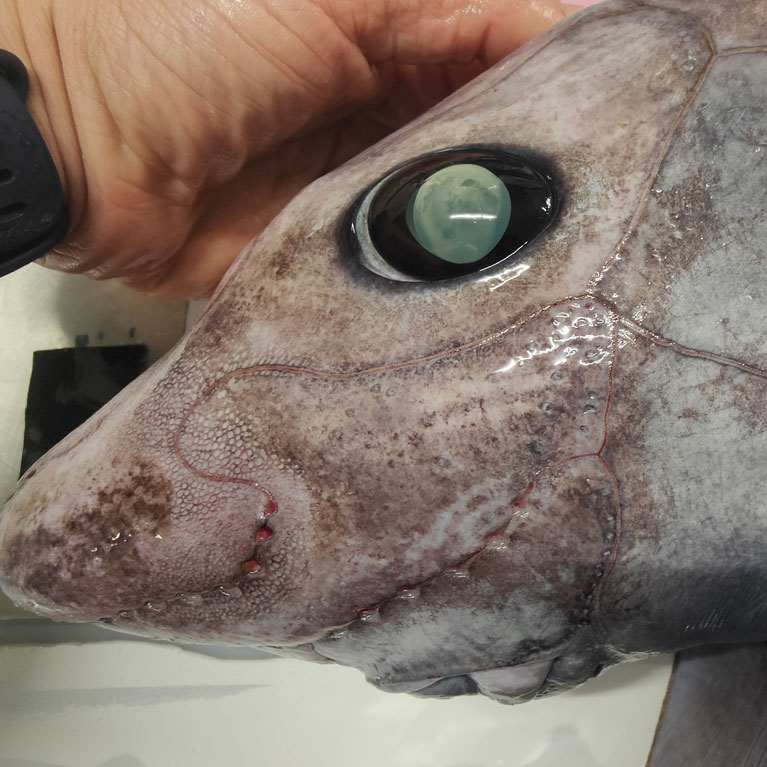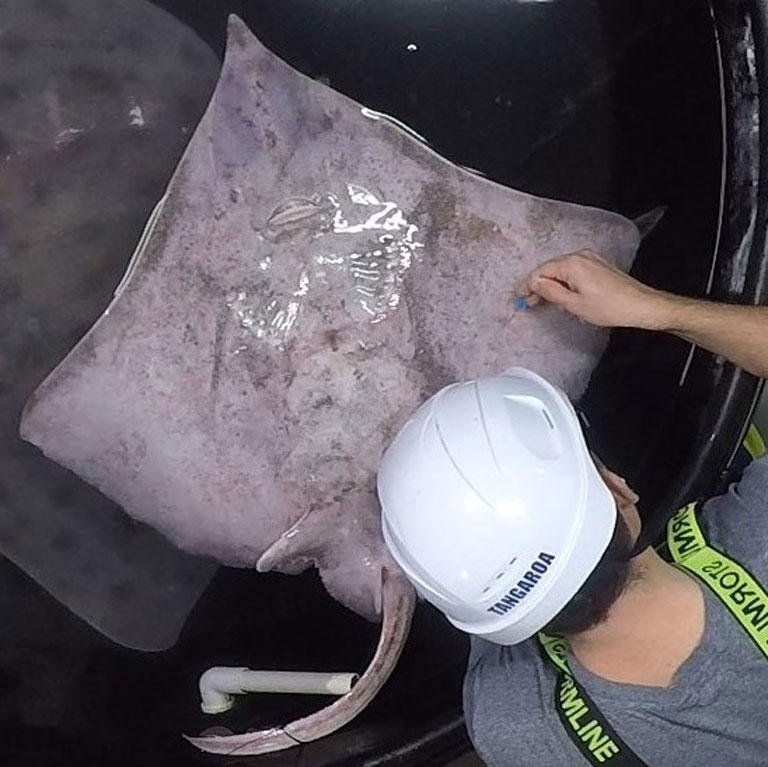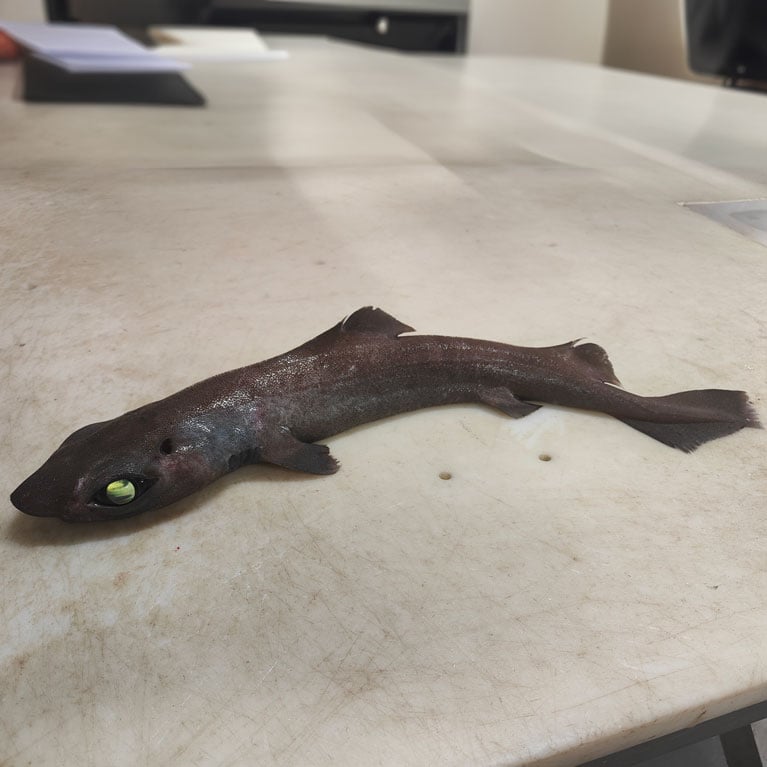Capturing the impact of catches
Sharks and rays face a host of threats, but the single greatest one is fishing pressure. Even with management interventions and mitigation measures, many sharks and rays are still vulnerable to unintentional capture. David’s on a mission to understand and assess how sharks fare once captured, and what happens to their health even when they’re released. He’s creating a pilot toolkit to assess how sharks respond to capture that he’ll trial in the New Zealand research trawl survey. Thanks to these trials, he hopes to identify the best predictors for measuring capture responses and post-release mortality.
Raised in a Mediterranean village, I embraced the water as a swimmer and a chaser of frogs by the river and crabs along the rocky shores. My childhood ambition was to be a herpetologist, until Australia’s Pacific shores introduced me to the elegance of stingrays and the charm of sharks – and shifted my path. Returning to the Mediterranean, I felt its uniqueness and made a promise to protect this sea that I consider my home. To start this journey, having surrounded myself with good advisers, I developed my own idea for a PhD. This led me...



Developing a health assessment toolkit for predicting chondrichthyan survival
Our primary objective is to develop a standardised toolkit to measure the response of sharks, rays and chimaeras to capture by fisheries.
Accurate tools for assessing chondrichthyan health and estimating post-capture mortality rates are essential if we are to comprehend the impact of fishing and gauge the performance of conservation and management measures. This project improves our understanding of the effects of capture on sharks, rays and chimaeras and establishes benchmarks for predicting fisheries-induced mortality across species and fishing contexts. These insights will guide management and conservation strategies for the effective mitigation of fishing impacts.
Fisheries are the main threat to chondrichthyan populations worldwide. Despite efforts by fisheries management bodies to mitigate this threat by implementing various measures, including the banning of retention, chondrichthyans remain highly susceptible to unintentional capture. This risk is especially pronounced for non-target and little-valued species, which are often discarded either dead or alive. The trauma and stress induced by capture have important consequences for the animals’ health and welfare and in many cases lead to their death, which can occur either when they are caught (at-vessel mortality) or after they have been returned to the sea (post-release mortality).
Although there is growing international interest in reducing chondrichthyan deaths caused by fishing, there is limited information about at-vessel and post-release mortality rates for most species. Accurate assessments of capture-induced mortality are vital for evaluating the effects of fishing and guiding conservation actions. Identifying predictors of mortality risk, such as indicators of their physical, behavioural and physiological status, and understanding the influence of particular fishing operations and environmental conditions contribute to more precise estimations of mortality rates, especially for poorly researched species. This knowledge also helps to identify effective mitigation strategies. Deep-sea species, renowned for their vulnerability to overexploitation because of their slow reproduction rate, arouse particular concern. However, data on at-vessel and post-release mortality for these chondrichthyans are lacking.
Although some indicators of chondrichthyans’ health and welfare have been individually verified, there is still no standardised evaluation protocol. Addressing these knowledge gaps not only improves scientific understanding, but also informs practical conservation and management measures, such as gear modifications and handling techniques. This project is committed to bridging that knowledge gap to safeguard these vulnerable species and promote healthier marine ecosystems.
- To create a pilot toolkit to assess the response of chondrichthyans to capture by fisheries, covering physical, behavioural and physiological health indicators and the associated methods of measuring them.
- To apply the toolkit during a research trawl survey operating off New Zealand, assess how easily it can be applied and gain knowledge about the effects of capture on the health of deep-sea chondrichthyans.
- To identify the most effective predictors for measuring response to capture and rates of mortality and to revise and finalise the toolkit based on these findings.

